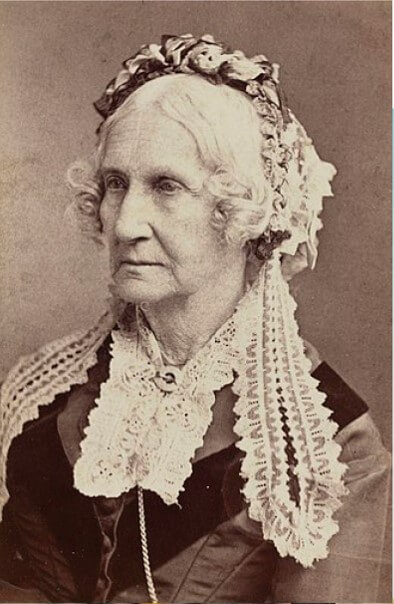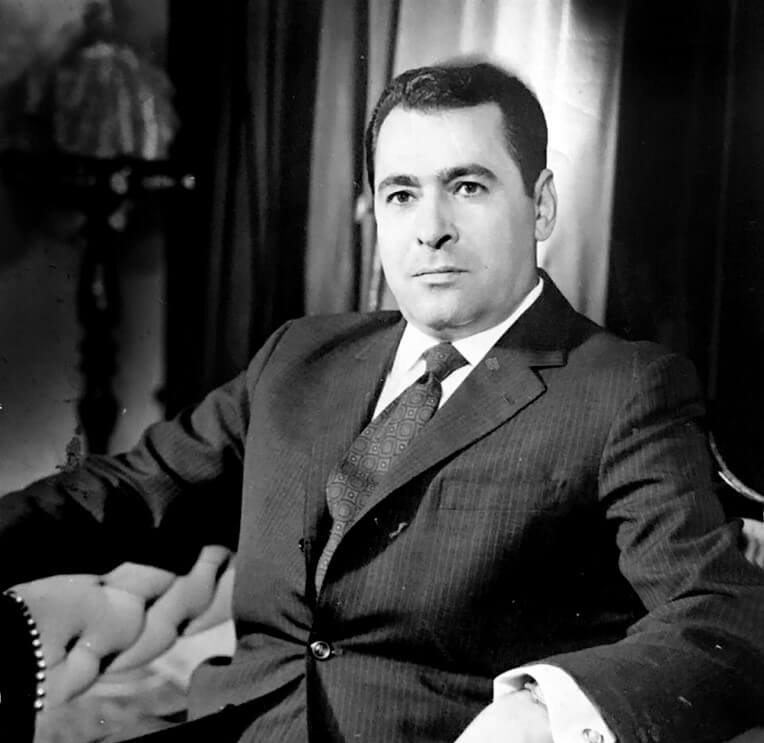The Sweet Journey: Tracing the History of Ice Cream

Ice cream, one of the world’s most beloved desserts, has a rich history that spans centuries and continents. This frozen treat has evolved from ancient flavored ices to the diverse array of creamy delights we enjoy today. The journey of ice cream through history is not just a tale of culinary evolution, but also a mirror reflecting the technological advancements and cultural shifts across different eras and regions.
Ancient Beginnings

The origins of ice cream can be traced back to ancient civilizations. The Chinese are credited with creating the earliest form of ice cream around 3000 BC. They mixed snow with honey and fruit, setting the foundation for future frozen desserts. There are records of other ancient cultures, such as the Persians and the Greeks, enjoying similar concoctions made with snow and flavors like rose water and fruits, which were enjoyed especially during the hot months.
Arab Innovations and the Introduction to Europe

The development of ice cream took a significant leap with the Arab traders who introduced the technique of chilling drinks and desserts with saltpeter, thus inventing a rudimentary form of the modern ice cream. This method improved the texture and consistency of the frozen desserts. The Arabs also experimented with milk-based ice creams, which were later introduced to Europe through Italy and Spain during the Middle Ages.
Italian and French Refinement

The real transformation of ice cream into a creamier and smoother substance similar to what we know today occurred in 16th-century Italy. The Italians began to freeze their desserts using a mixture of ice and salt to lower the temperature, a technique discovered by the Arabs. By the 17th century, recipes for ice cream started appearing in French cookbooks, and soon after, it became a popular delicacy among the French aristocracy. The famous Italian Francesco Procopio dei Coltelli perfected the first ice cream machine in the late 1600s, which led him to open Café Procope in Paris, one of the first cafes to sell gelato, the Italian version of ice cream.
Spread to the New World

Ice cream was introduced to the New World by European settlers in the 1700s. Historical documents suggest that the first ice cream parlor in America opened in New York City in 1776. It was during the American colonial period that ice cream became accessible to the general public, rather than just a luxury for the elite. The production of ice cream was revolutionized in the 19th century with the invention of the hand-cranked freezer by Nancy Johnson, an American woman, which simplified the ice-cream-making process.
Industrial Age and Mass Production

The industrial revolution played a crucial role in transforming ice cream from a handmade luxury to a mass-produced product accessible to everyone. In the 1850s, the invention of steam power and mechanical refrigeration facilitated large-scale production and distribution of ice cream. This period also saw the birth of famous ice cream brands and the introduction of ice cream bars and cones, which became popular at events like the 1904 World’s Fair in St. Louis.
Modern Ice Cream

Today, ice cream is a global phenomenon enjoyed in countless flavors and forms from Italian gelato to Indian kulfi. Innovations such as soft serve, frozen yogurt, and dairy-free ice cream cater to diverse palates and dietary needs, making ice cream more popular than ever. Moreover, modern freezing technology and creative marketing strategies continue to evolve, ensuring that ice cream remains a favorite treat around the world.
Conclusion

The history of ice cream is as rich and varied as the flavors we enjoy today. From ancient snow cones to sophisticated gelato and beyond, ice cream has continuously evolved, mirroring advancements in technology and shifts in cultural practices. As we scoop into our next serving of this frozen treat, we partake in a tradition that has brought joy and sweetness to countless generations.






